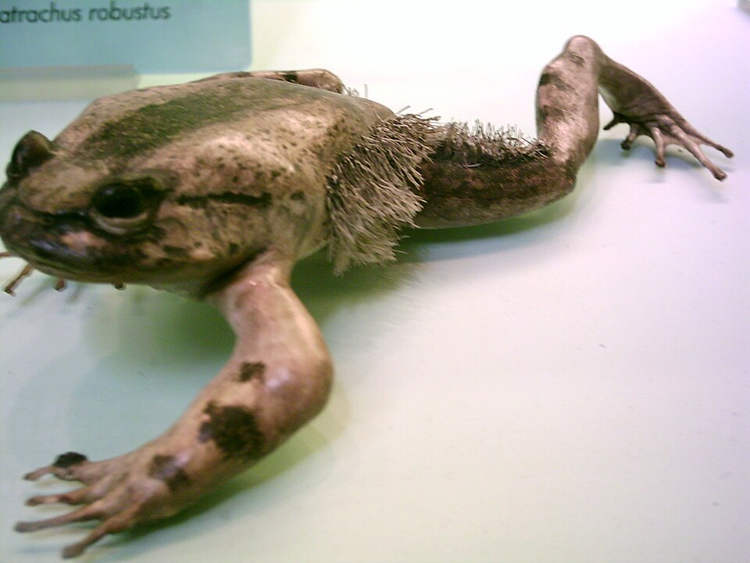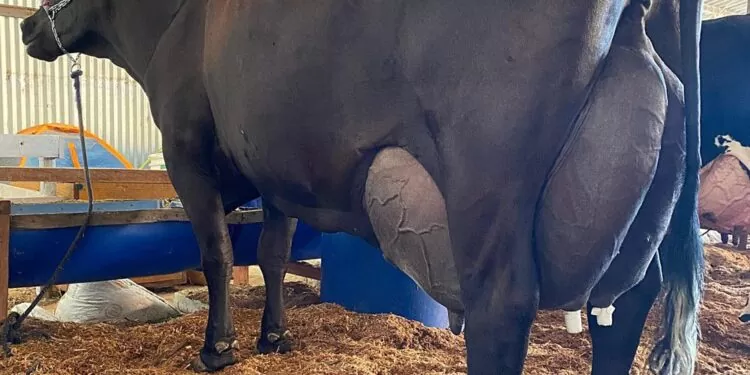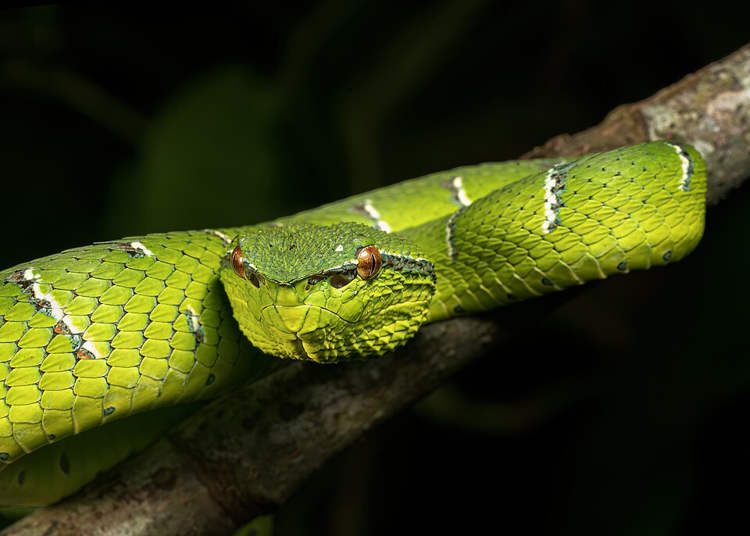Male Lyrebirds, native to Australia, are considered the rock stars of the aviary world. These amazing creatures can imitate the sounds of at least 20 different species of birds almost to perfection as well as any other sounds they hear in their environment, from camera shutters to car alarms and chainsaws. And just like human rock stars, the lyrebirds use their best sounds to attract and impress the females.
Although beautiful in their own way, female lyrebirds aren’t exactly spectacular. They don’t take part in the imitating, nor are they particularly attractive. But the males put up an elaborate show, singing a medley of mimicry to attract the females during mating season. They even set the stage beforehand, by clearing a space on the forest floor and building a mound of earth to serve as a concert platform.
Later, they assume their positions on these mounds and the mimicry begins. As they sing, they spread out their handsome 28-inch long tail feathers, enhancing the performance a great deal. But the song is the most important part. The more varied the repertoire, the more attractive the male lyrebirds seem to their potential mates. This is important, because the females need to be persuaded to come closer to admire the pretty plumage. And what better way to do it than with a great song?
Photo: Fir0002
It’s not clear why some birds are able to learn and repeat sounds with such precision. Apart from the lyrebirds, crows, parrots and budgerigars are also known to mimic the sounds around them. Jaynia Sladek, from the Australian Museum’s Ornithology Department said that it’s all a part of their language. “For some species, it’s like advertising ‘I am very fit because I can learn a lot of different birds’ calls.’”
In fact the best singers among the lyrebirds are photographed more by experts, so those birds are more likely to imitate camera noises the best. Once a lyrebird learns a call, it’s almost never forgotten. And the calls are passed on through generations. So a few lyrebirds in Victoria actually recreate sounds that are hardly heard by humans anymore – the sounds of axes and saws, and old-fashioned cameras that haven’t been used for years. “Because they’re the most successful birds and the most photographed birds, they’re imitating all the old sounds,” said Martyn Robinson, a naturalist at Australia Museum in Sydney.
To see if the lyrebird’s imitation of other bird species is as good as it sounds, scientists conducted an experiment to see if specimens from those species would actually respond to the call. Anastasia Dalziell, a PhD student at the Australian National University, made recordings of the musical call of a bird called the grey shrike-thrush. And then she recorded the lyrebird’s imitation. She played both recordings to a shrike-thrush and observed its reaction. Surprisingly, the shrike-thrush was totally fooled by the impersonation. It showed equal interest in both recordings.
This truly astonishing quality is due to the fact that lyrebirds, like other songbirds, have a vocal organ called the syrinx. It is located at the point where the trachea forks into the bronchi that lead to the lungs, allowing these birds to produce more than one sound at the same time (one sound from each bronchi). But the lyrebird is special – its syrinx is unlike the other songbirds, with fewer muscles and greater flexibility. That is perhaps the reason for the diverse range of sounds it can produce.
Lyrebirds are extremely fascinating birds, and they’ve been the subject of several documentary films in the past. In one BBC movie, David Attenborough is merely feet away from a lyrebird. He whispers: “What bird has the most elaborate, the most complex, the most beautiful song in the world? I guess there are lots of contenders. And this bird must be one of them.”
Sources: Australian Geographic, ABC














